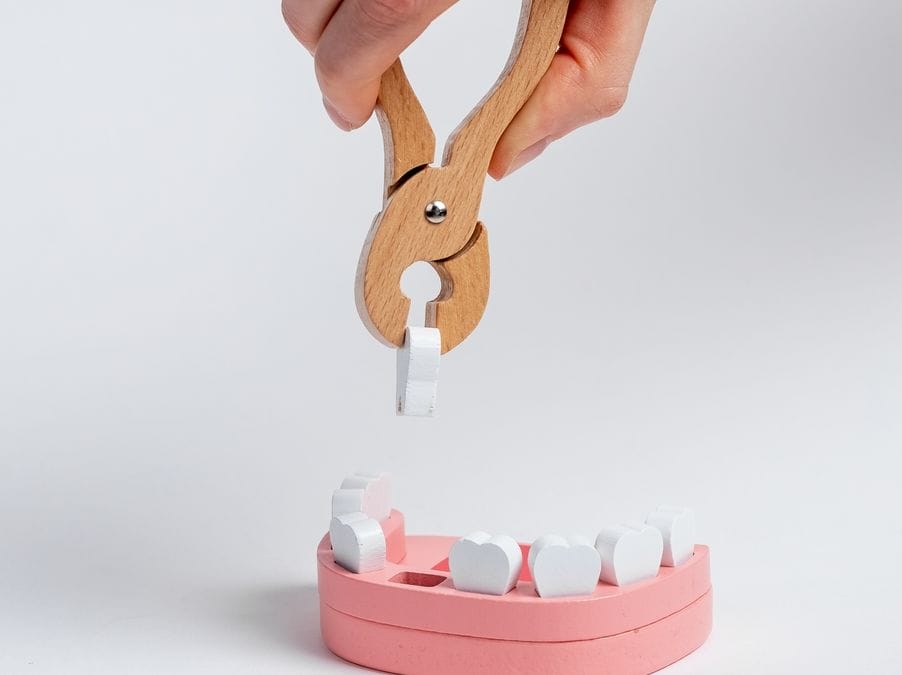Dental extractions can be a daunting experience for anyone. Whether it is a simple extraction or surgical, knowing what to expect before, during, and after the procedure can help ease some of the anxiety. Dental extractions are often necessary when a tooth is causing pain, infection, or crowding. In this blog post, we will take you through the entire process of dental extractions, from what to expect during the procedure to how to manage pain and swelling afterward. We’ll also cover what you should do if complications arise post-operation. So, if you’re due for a dental extraction or just curious about the process, keep reading!
Reasons for Dental Extractions
There are several reasons why dental extractions may be necessary. Severe tooth decay that cannot be treated with a dental filling or root canal may require extraction. Teeth damaged or fractured beyond repair may also need to be extracted. Impacted wisdom teeth can cause pain, gum tissue swelling, and an increased risk of infection, making extraction necessary. Additionally, orthodontic treatments such as braces may require dental extractions to create space for realignment. In some cases, a dental extraction may be performed as a preventive measure to avoid future dental pain, oral health problems, or tooth decay.
Preparing for a Dental Extraction
Before dental extraction, your dentist will review your health history, including medications, allergies, and pre-existing conditions. Be sure to inform the dentist of oral health symptoms like pain, swelling, bleeding, or pus. The dentist will provide instructions for preparation, including any fasting requirements. It’s crucial to arrange aftercare plans such as transportation, pain management, and a soft foods diet to ensure a smooth recovery. Remember to follow these steps to ensure a successful dental extraction procedure and recovery.
Delving into the Procedure of Dental Extractions
Dental extractions encompass both simple and surgical procedures. Simple extractions involve the removal of a visible tooth using forceps. In contrast, surgical extractions require a small incision to access the tooth, sometimes involving removing gum tissue, bone, or tooth fragments. To ensure a pain-free experience, various anesthetic options, such as local anesthesia, nitrous oxide, conscious sedation, or general anesthesia, may be used. After the extraction, the dentist or oral surgeon will provide instructions for post-extraction care, including managing discomfort, promoting healing, and potentially using stitches to close the gum tissue.
The Role of Anesthesia in Dental Extractions
The role of anesthesia in dental extractions is crucial for ensuring a pain-free experience. Dentists commonly use local anesthesia to numb the extraction site, preventing pain during the procedure. General anesthesia, administered by an anesthesiologist, induces temporary loss of consciousness, ensuring a comfortable extraction. Conscious sedation, a sedative medication, is used to relax patients and relieve dental anxiety during extractions. Dentists discuss anesthesia options, considering extraction complexity, patient health, and dental anxiety, to provide the most appropriate and comfortable experience. Anesthetic options, including local anesthesia, nitrous oxide, conscious sedation, or general anesthesia, ensure a comfortable dental extraction experience.
Risks Associated with Dental Extractions
Potential risks associated with dental extractions include infection, bleeding, swelling, discomfort, and the development of dry socket. To minimize the risk of infection, bleeding, and swelling, it is essential to take prescribed antibiotics and pain relievers, as well as practice proper oral hygiene. Following aftercare instructions such as avoiding solid foods, flossing gently, and not smoking can reduce the risk of complications like dry socket. Dentists or oral surgeons will monitor the healing process and address any concerns promptly. Maintaining oral health and attending follow-up appointments can minimize long-term risks.
Managing Pain and Swelling Post-extraction
To manage discomfort after a dental extraction, it’s essential to follow the dentist’s guidelines for pain management. Taking prescribed pain relievers can help alleviate any pain you may experience. Additionally, applying an ice pack to the extraction site can help minimize swelling. It’s best to avoid consuming hot foods or drinks, as they can increase pain. Rinsing gently with warm salt water can also help alleviate discomfort. By following these guidelines, you can ensure a speedy recovery.
Guidelines for Eating and Oral Hygiene
After a dental extraction, it’s crucial to follow guidelines for eating and oral hygiene to ensure proper healing. In the first few days, stick to a soft foods diet to avoid putting pressure on the extraction site. Avoid using a straw, as the suction force can dislodge the blood clot necessary for healing. Gently brush your teeth, excluding the extraction site, to maintain oral hygiene. Use an antimicrobial mouthwash as directed by your dentist. Gradually reintroduce a regular, healthy diet as the healing progresses.
Conclusion
In conclusion, dental extractions are a common dental procedure qualified professionals perform to address various dental issues. It is essential to thoroughly prepare for the extraction by discussing your health history and arranging aftercare plans. During the procedure, anesthesia is used to ensure a comfortable experience. While there are risks associated with dental extractions, they are generally safe when performed by skilled practitioners. After the extraction, managing pain and swelling, following guidelines for eating and oral hygiene, and knowing when to seek professional help is crucial for a smooth recovery. Remember to follow your dentist’s instructions and contact them with any concerns or questions. Your oral health is essential, and dental extractions can help maintain it.
Schedule an appointment with us today at Eastgate Dental Excellence!

